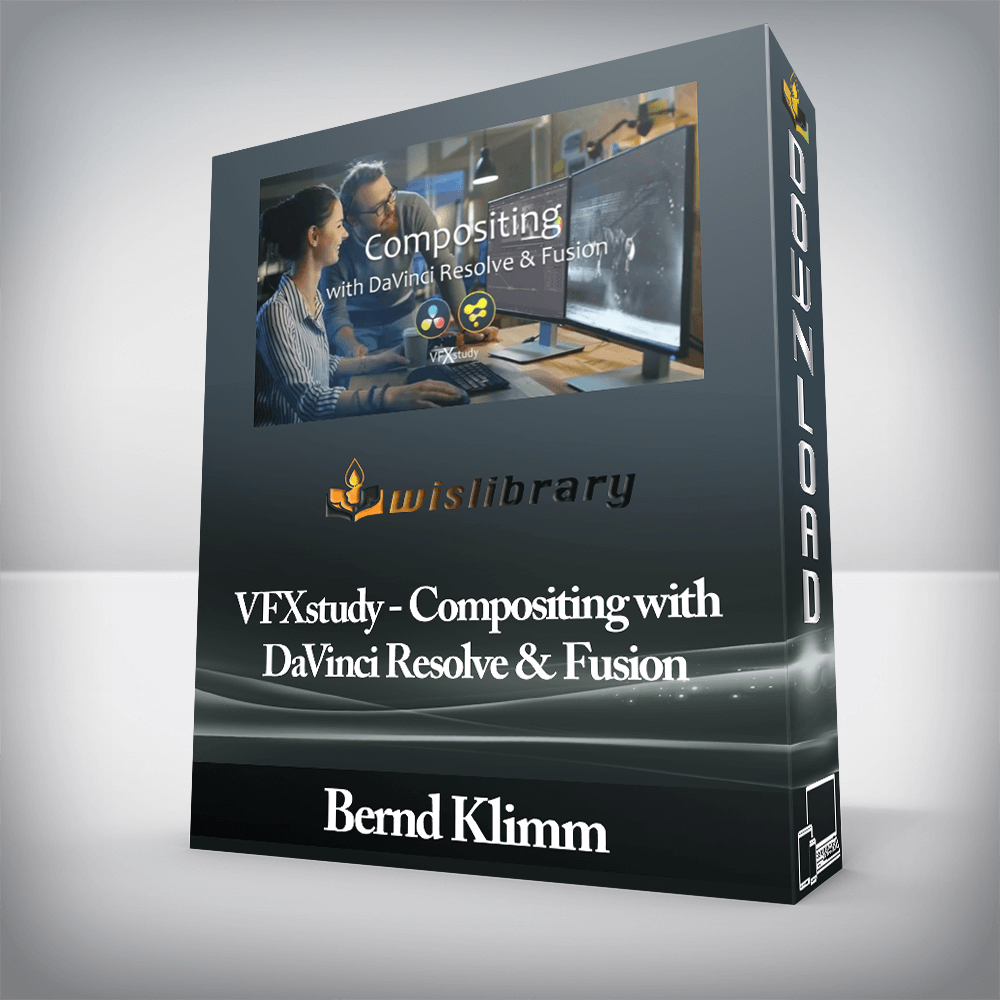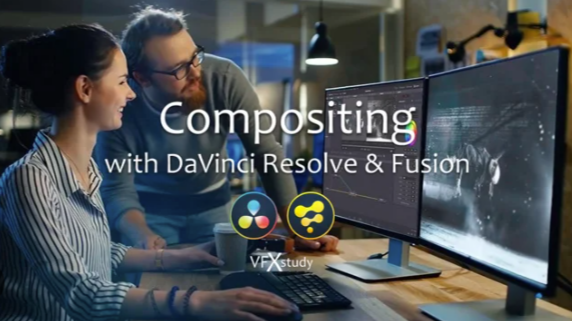

Intermediate to advanced level intensive online course with 30h of video instructions.
Compositing is about extracting and combining images from different sources into a new coherent photo-realistic result. At the heart of it is Rotoscoping, Keying, Tracking, Integration and more. This course builds strong foundations and takes each of those topics to a level that few other courses reach.
This course is ideal if you…
You should…
Expert knowledge is not required. Perhaps you have not used the Delta Keyer or the 3D tracker before. That’s ok. All exercises are built step by step.
Understand high level hardware considerations for Fusion as well as general settings and concepts that are used throughout this course.
Back to the Basics! Learn about the anatomy of an image and everything about how Fusion handles the frame size, domain of definition, color depth, color space, alpha pre and post multiplication, as well as recommended image file formats for compositing.
Rotoscoping is the most fundamental, manual way to extract objects. Sometimes we have no other option but to select objects with individual paint strokes, or polygons (“Rotosplines”) and animate them. One frame at a time, if necessary. Rotoscoping can be extremely time-consuming and it is often a task that artists want to avoid when possible. But it is also an art and there are tricks and techniques to make it more efficient for when we have to do it.
Learn about the variety of different keying issues, set up a linear workflow, and get started with building your own tools with custom curves, color space transformations and more. Here you also review Fusion’s keying tools and see what functionality they have in common and learn to create advanced workflows to combine multiple keying and despill operations.
Here comes the nitty-gritty detail. Learn about the impact of chroma subsampling as well as noise and grain. Use advanced techniques to create a clean plate and perform a screen correction for an uneven greenscreen before the keying process. Learn different despill techniques including an adaptive despill for better edges. Finally, you see advanced ways to handle edges and to add blonde hair detail with a custom luma keyer. A deep dive into the advanced settings of the delta keyer concludes the chapter.
No matter if your footage is coming from Roto, Keying or 3D. You need to match color, create convincing shadows, deal with edge effects, interactive lighting, depth of field, lens distortion and more.
Learn advanced tracking workflows with point tracker, planar tracker and the 3D camera tracker. Understand the underlying principles of 3D tracking and scene creation and learn to fix camera tracks that failed.
Create 3D Projections, use multipass exr files, explore the most common render passes as well as the technical render passes available in Fusion. Understand workflows with third party integrations and understand the strengths and limitations of Fusion in the 3D pipeline.
Here, everything comes together in realistic case studies. In each example you will start from scratch and create a polished shot.
Interview: A mid-budget greenscreen scenario of an interview with a variety of keying and integration problems.
3D Set Extension: Example for a set extension with 2D and 3D techniques combined.
Blender Tears of Steel Scene: A high-end greenscreen shot with 3D camera movement that we combine with render passes from a virtual 3D environment.
Don’t hesitate to reach out if you have further questions. Looking forward to seeing you in the course!
There are no reviews yet.
You must be <a href="https://wislibrary.net/my-account/">logged in</a> to post a review.